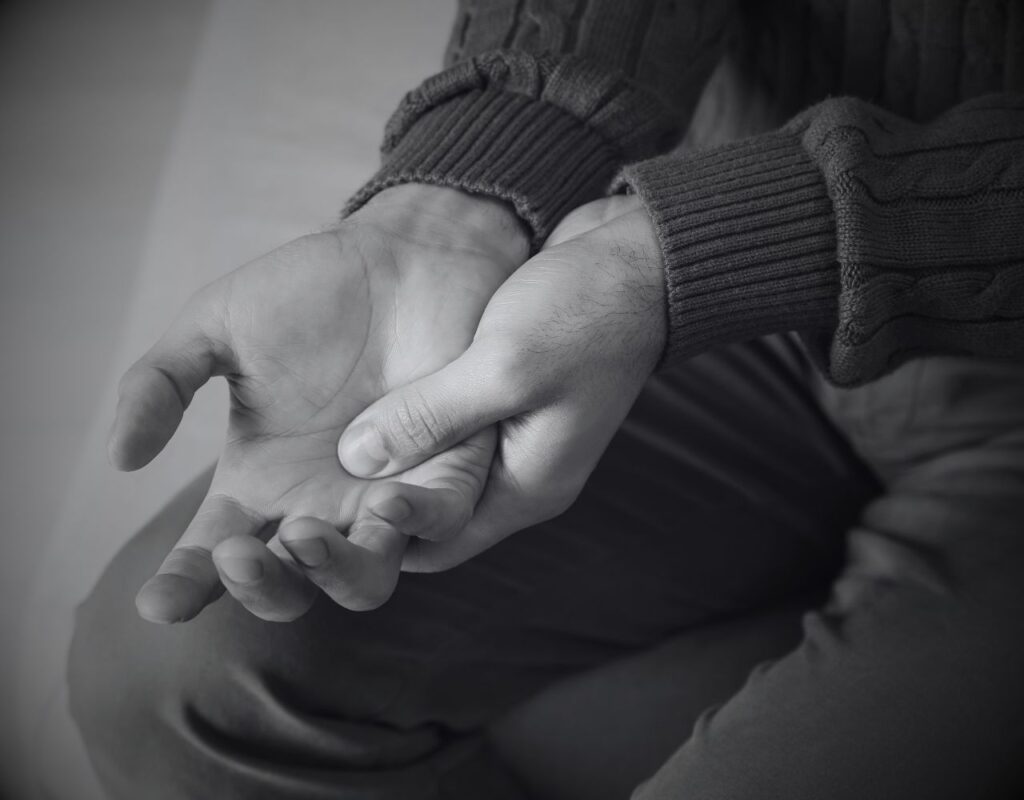SURGICAL PROCEDURE
Trigger Finger
TREATMENT OVERVIEW
The primary aim of the surgical intervention for Trigger Finger is to widen the opening of the tunnel so that the tendon can glide more freely, thereby eliminating the catching or locking sensation.

THE PROCEDURE
The journey towards alleviating the symptoms of Trigger Finger commences with an initial consultation. During this pivotal meeting, the surgeon comprehensively evaluates the patient’s hand, focusing on the affected finger or fingers.
This assessment often includes a review of the patient’s medical history, a physical examination, and possibly imaging studies like X-rays or MRIs to rule out other conditions. The anaesthesia options are also discussed, with local anaesthesia being the most commonly chosen due to its minimal risks and the comfort it provides during the procedure.
The surgical approach for Trigger Finger typically involves a procedure known as “Trigger Finger Release.” In this surgery, a small incision is made at the base of the affected finger, allowing the surgeon to access the tendon sheath tunnel. The surgeon then carefully cuts the constricted section of the tunnel to free the tendon, allowing it to move more smoothly. Once the procedure is complete, the incision is closed with sutures, and a topical antibiotic ointment may be applied to minimise the risk of infection.
AT A GLANCE
- Surgery: 45 Minutes
- Time off work: 10 Days
- Before you drive: 10 Days
- Return to Gym 3 Weeks
- Lift a small child: 3 Weeks
- Final Results: 3 - 6 Months
Note: Final results may take time as swelling resolves, and tissues settle.
THE BENEFITS
You may choose to undergo this surgery for a number of reasons:

RISKS
THING TO AVOID AFTER SURGERY
- Heavy lifting or strenuous activities
- Submerging the hand in water for extended periods
Post Op
AFTERCARE
- Medications: Antibiotic ointments and over-the-counter pain relievers are commonly prescribed to manage postoperative symptoms.
- Activity Restrictions: Patients are advised to refrain from strenuous activities and heavy lifting for several weeks post-surgery.
- Regular Check-ups: Periodic visits to the surgeon are essential for monitoring the healing process and making any necessary adjustments to the treatment plan.

